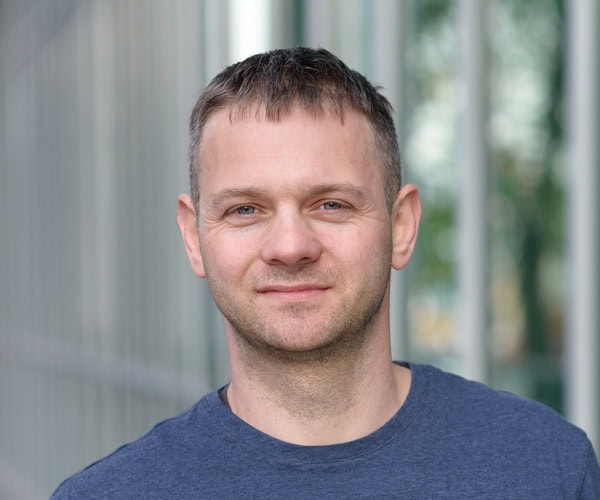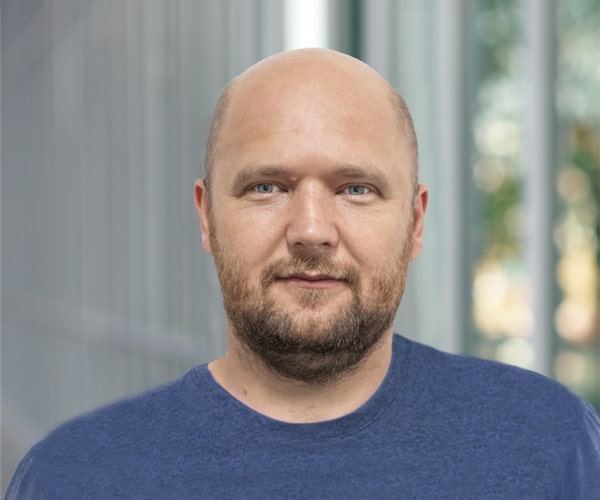Choose the topic of your choice:
What work-at-height and rope access PPE do you use?
We use certified rope access kits, equipment and gear from Petzl and Singing Rock for cleaning tasks that require rope access work. Each equipment item has its own documentation (evidence sheets) and undergoes yearly PPE inspections by authorized, qualified PPE inspectors in accordance with applicable standards. We do not use equipment that is no longer fit for use or does not meet the necessary PPE requirements. Equipment that should slowly be withdrawn is used for the dirtiest tasks, after which it is discarded. We replace and purchase new PPE on a regular basis.
Can a pipeline with a large number of bends be thoroughly cleaned?
Generally yes, although please note that each elbow constitutes a separate item inside which the hose has to bend, thus increasing the hose’s friction against the pipe’s interior wall. This makes the cleaning task more difficult, and multiple bends might lead to the hose getting stuck inside the pipeline. We recommend preparing the pipe installation so that the number of bends and turns along one section to be cleaned is as small as possible.
Are there any cleaning restrictions as to the diameter and/or length of the heat exchanger tubes?
There are no restrictions. The smallest exchangers have tubes that are 8 mm in inner diameter, so we use nozzles that are 6.4 mm wide to clean them. The largest heat exchanger tubes are several centimeters wide, and for these we use designated large-size nozzles. Because there are different tube widths in various heat exchangers, high-pressure tool manufacturers have introduced standard nozzle sizes, such as 10 mm, 13 mm, 15 mm, 18 mm, 24 mm, 33 mm and 50 mm. For a given cleaning task, a nozzle size closest to that of the tubes is chosen, with several millimeters left for the waterjet residue to flow out freely. The length of the tubes imposes no restrictions on the cleaning task. We choose the appropriate length of the high-pressure hose depending on the length (or height) of the exchanger. Usually, exchanger tube lengths do not exceed a length of 12 meters.
What safety measures do you take when entering tanks?
Working and cleaning inside tanks is a particularly dangerous job, that is why we always have at least two operators to do the task. One operator works inside the tank and the assisting operator monitors the entire cleaning operation outside the tank. The operator entering the tank has a motion sensor that will send an alarm signal in an emergency situation, for example if the operator inside the tank becomes motionless or collapses. In hazardous zones, our operators also wear full-face masks fitted with ABEK filters, and in extreme and hazardous conditions they also wear a breathing apparatus (a full-face mask with exhalation valves and clean air supplied from a separate source). We always monitor oxygen levels and those of other potentially harmful gases before commencing work in poorly ventilated tanks. Cleaning tasks on large, vertical tanks are done via incorporating rope access methods. Wherever structurally prepared anchor points and devices are absent, we mount a portable tripod to allow for easy descent, ascent and to ensure any potential fall arrest.
Can high-pressure waterjetting damage the surface that is being cleaned?
That depends on how hard the built-up fouling, or scale, is and how strong the surface is on which that scale has accumulated. The least favorable situation is when hard scale has built up on a delicate surface, and in such cases, although extremely rare, it is practically impossible to remove all of the scale build-up. Most industrial installations are made from carbon or acid-resistant steel, and such surfaces are resistant to the high-pressure water stream. Waterjetting is thus a non-abrasive and safe industrial cleaning method.
What types of fouling do you remove during the waterjetting operation?
We use high-pressure waterjetting equipment to clean various industrial fouling that has built up, including resins, glues, old paint coatings, paints, varnishes, tars, polymers, oils, waxes and greases, dusts and grit, rubber, petroleum substances, corroded concrete, limescale, rust, sludge and silts, algae, biofilm, most organic and inorganic substances and all other types of industrial-specific deposits.
Can you clean any industrial installation?
We can use high-pressure technology to clean any installation of any shape, size and level of complexity. We address each new cleaning project on an individual, job- and site-specific basis. We assess the installation’s set up, material and location and review its technical drawings. If possible, we perform a test run to find the most efficient fouling removal technique that will also be both time- and cost-effective. If the installation’s structure or set up poses any restrictions, we will recommend another cleaning method or custom modifications.
Please contact our office if you have any questions or a cleaning project for us.
Our expert staff will contact you promptly to answer any questions.


